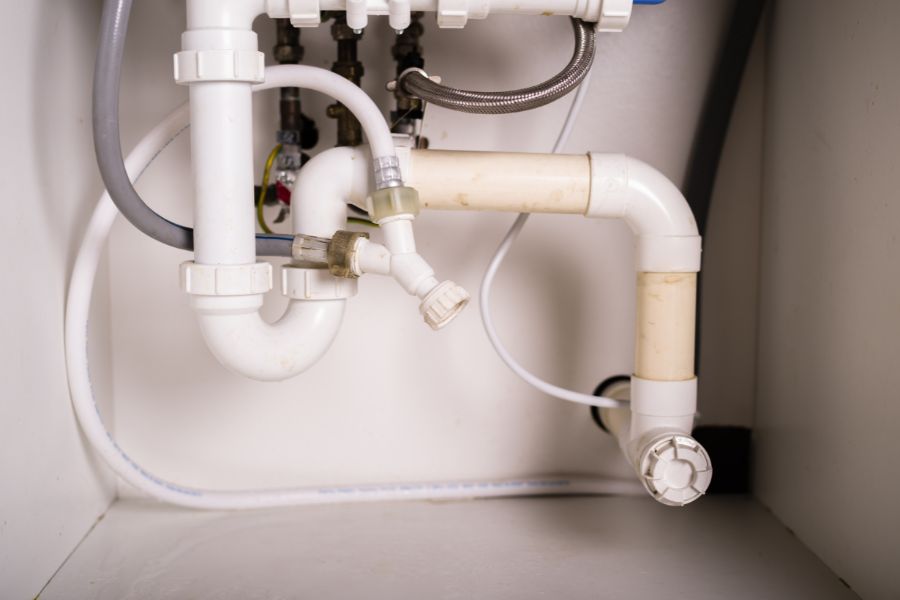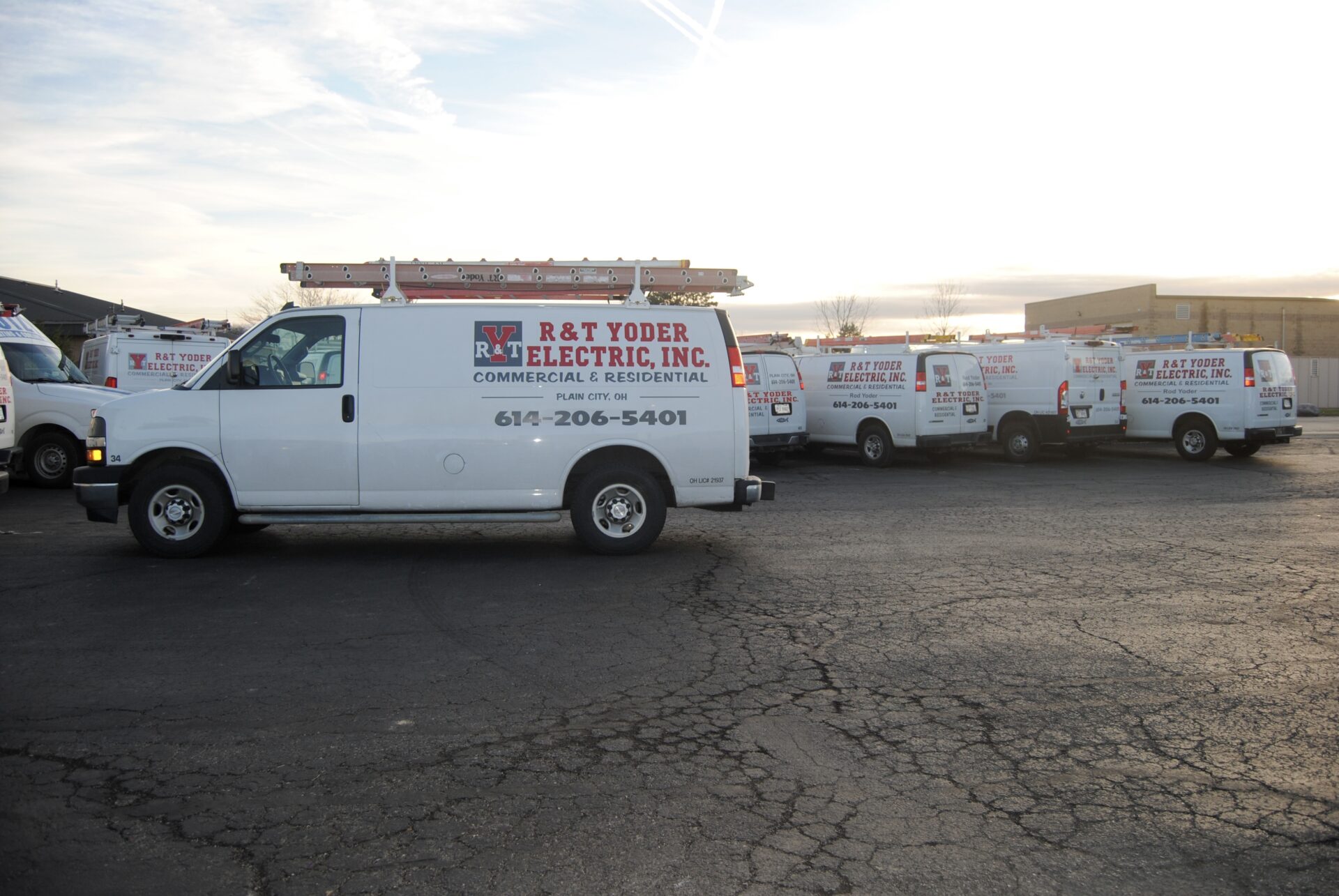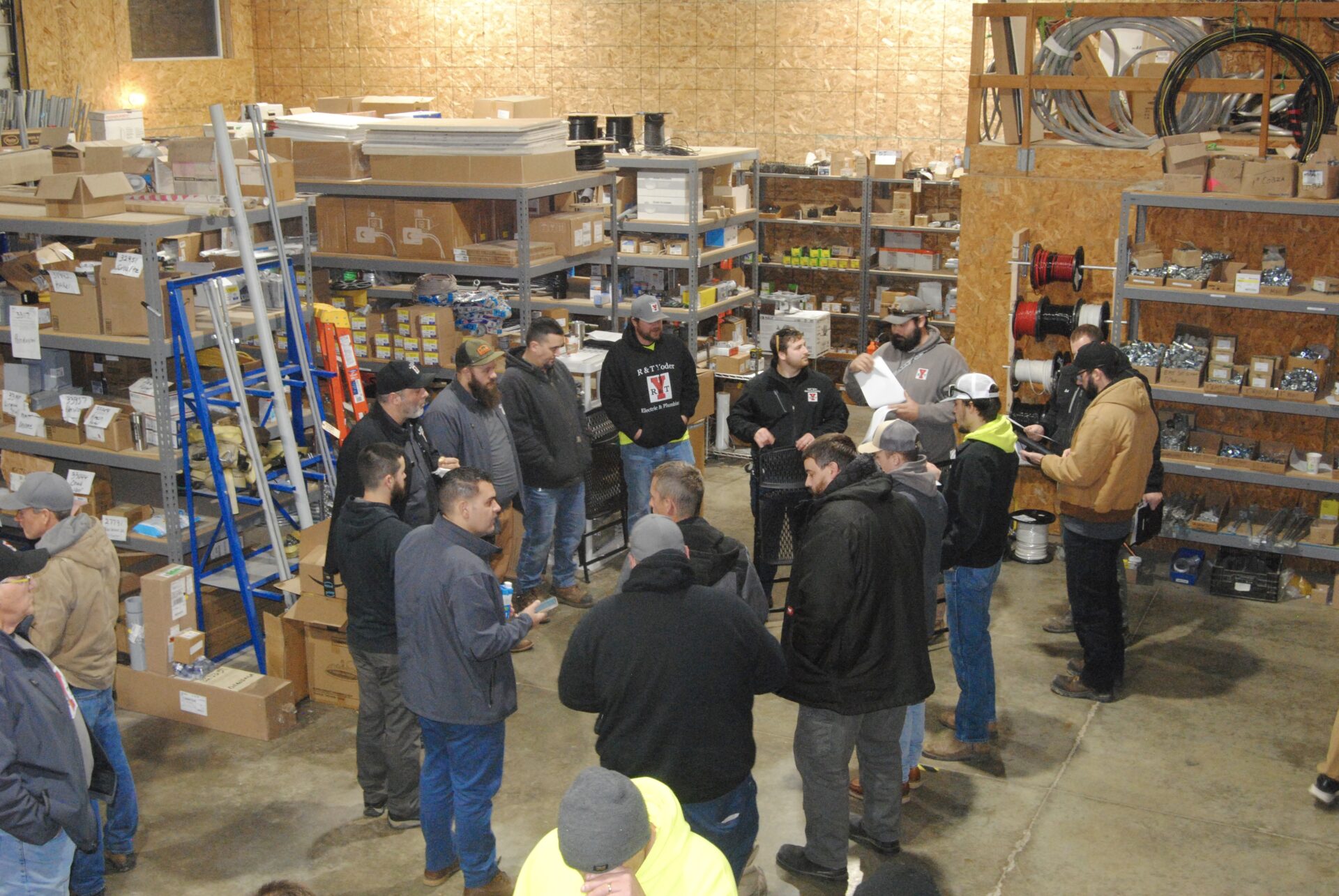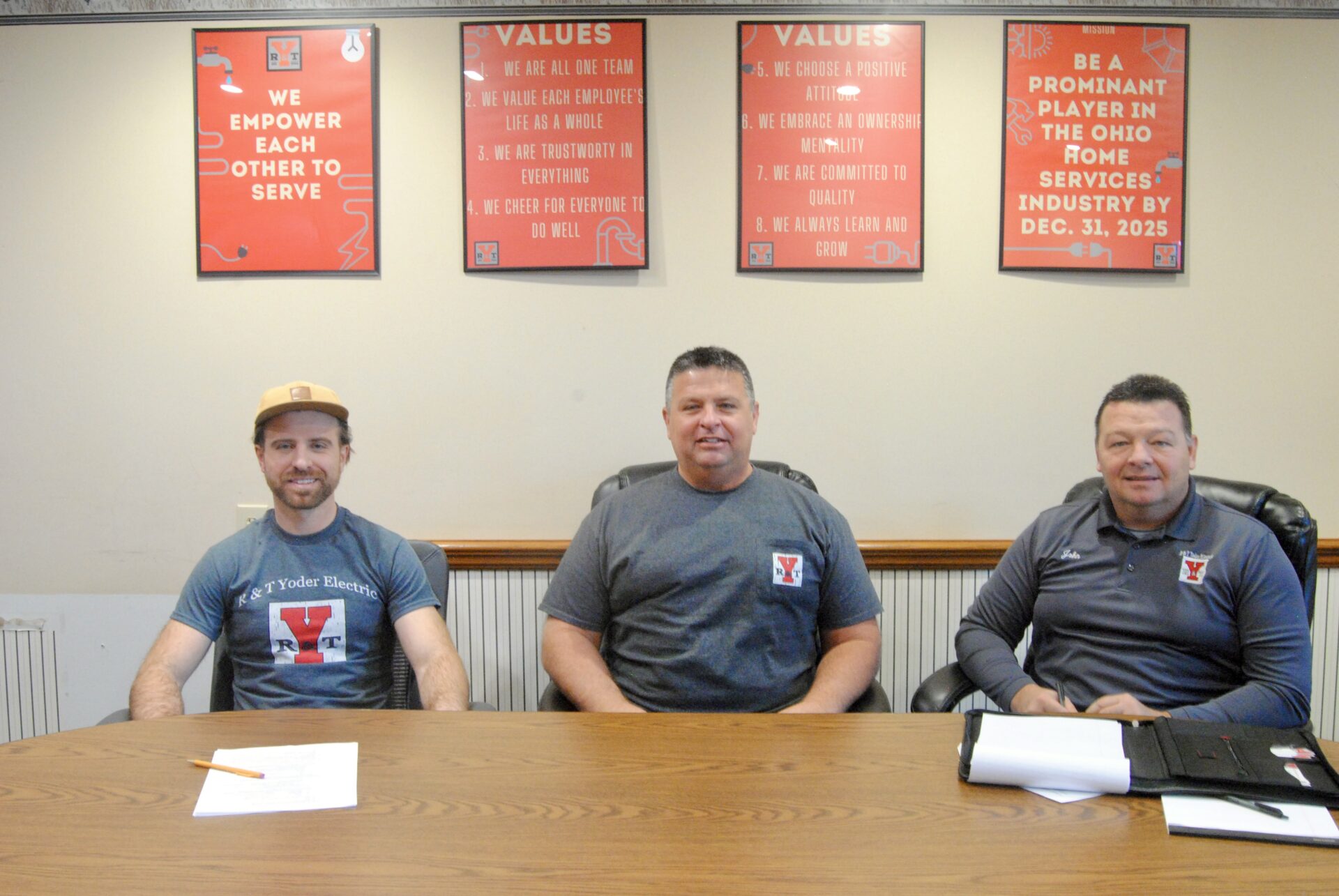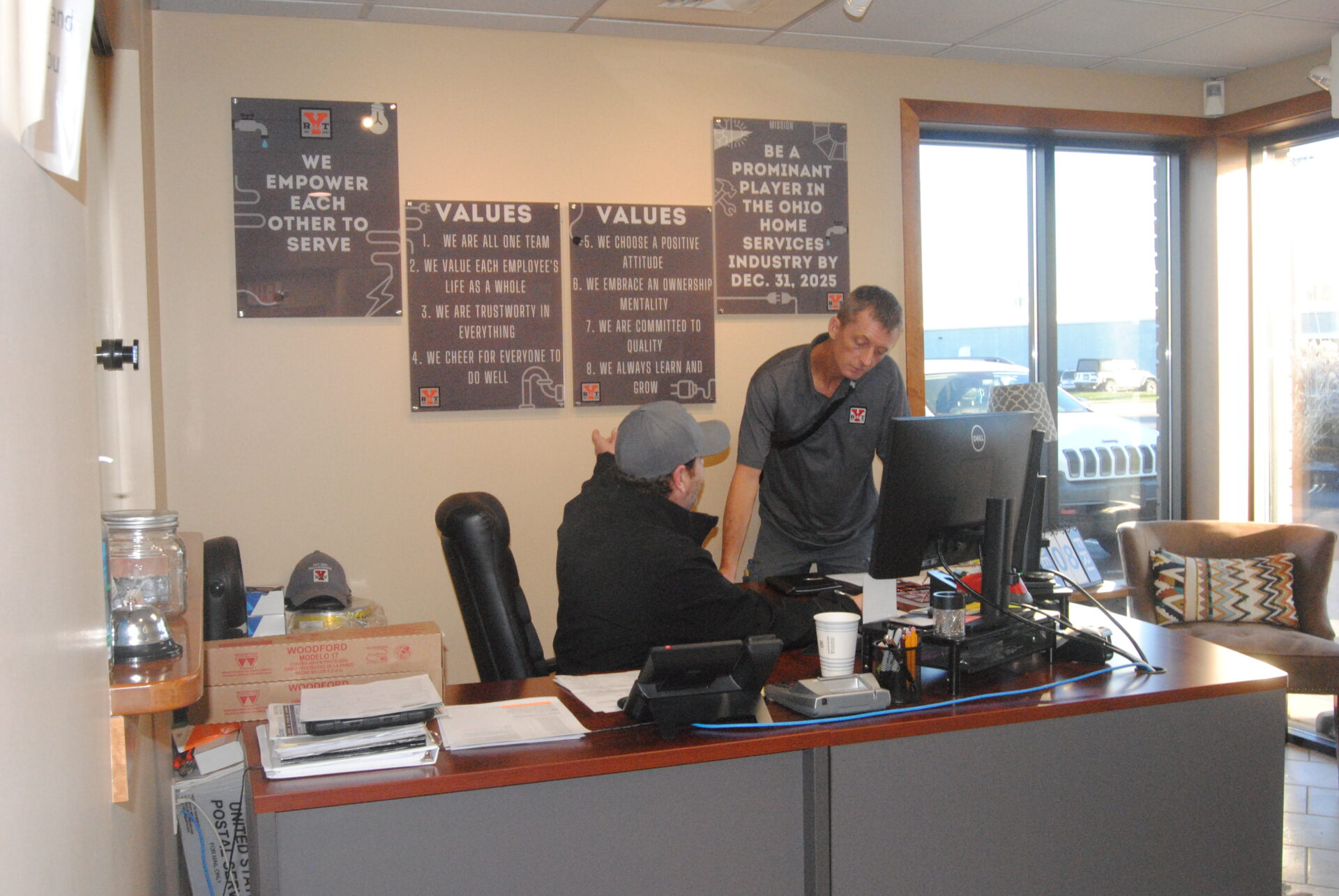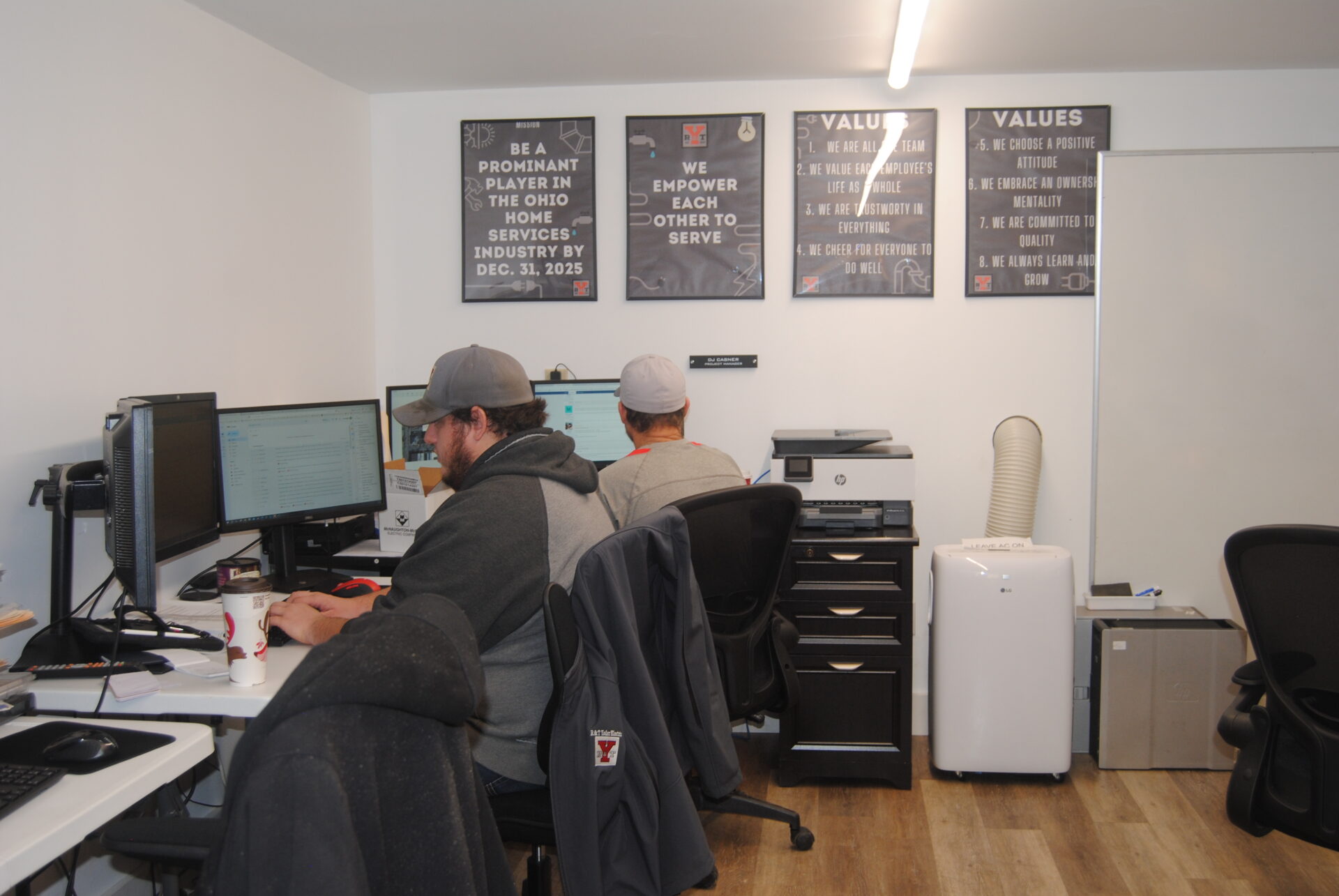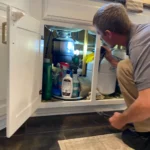Overview of Ohio’s Winter Conditions
Ohio winters are not only brisk but often extreme, characterized by chilling winds, heavy snowfalls, and frequent temperature swings that can take residents from mild conditions to icy freezes overnight. These fluctuations mean that Ohioans face a unique winter climate, with some days seeing temperatures drop well below freezing, only to climb slightly above in the afternoons. The resulting freeze-thaw cycle presents ongoing challenges for home maintenance, particularly for water pipes, which are put under considerable stress as the weather shifts.
Understanding How and Why Pipes Freeze
The Science Behind Freezing Pipes
The freezing of pipes is a phenomenon grounded in both physics and temperature. As temperatures drop, water inside pipes cools and eventually freezes. When water freezes, it expands—often filling the pipe’s diameter and exerting enough pressure to cause fractures. Ohio’s winter weather is notorious for contributing to this cycle of freezing, thawing, and refreezing, heightening the risk of pipe damage.
Common Causes of Pipe Freezing
Pipe freezing often results from inadequate insulation, cold drafts, or lack of water circulation in specific parts of the home, particularly in basements, attics, and crawl spaces. When pipes are directly exposed to exterior cold or reside in unheated areas, they’re more vulnerable to freezing. In Ohio, these risks are exacerbated by frequent temperature fluctuations, making it crucial for homeowners to understand and mitigate these risks.
Risks and Damages of Frozen Pipes
Financial and Structural Risks
A frozen pipe isn’t just a temporary inconvenience; it’s a potential catastrophe. When a frozen pipe bursts, water damage can be extensive and costly. Walls, floors, and furnishings are all vulnerable to flood damage, which can result in significant repair costs. Additionally, when the structural integrity of a home is compromised due to water damage, the entire property’s value can decrease.
Health and Safety Concerns
Beyond repair expenses, water leaks can introduce health hazards. Mold and mildew thrive in moist conditions, which can lead to respiratory issues and other health problems for residents. This makes pipe freezing prevention not only a matter of convenience but a critical step in preserving home safety and value.
Identifying Vulnerable Areas in Your Home
Most Susceptible Pipes and Zones
Certain pipes in your home are more vulnerable to freezing, especially those in unheated or poorly insulated areas. Pipes in basements, attics, crawl spaces, and garages are often the first to freeze due to minimal insulation. Moreover, pipes along exterior walls are prone to cold exposure.
Common Problem Areas
It’s essential to monitor pipes under kitchen and bathroom sinks, especially if they are positioned along an exterior wall. Even indoor pipes can be at risk if they are located in uninsulated cabinets or cupboards. Identifying these vulnerable zones allows you to focus protection efforts on the areas most susceptible to freezing and follow targeted winter plumbing tips.
Insulating Pipes for Winter Protection
Types of Insulation
Pipe insulation is one of the most straightforward methods for safeguarding against freezing. Materials like foam, rubber, and fiberglass are commonly available and serve as effective insulators. Foam pipe sleeves are popular because they’re affordable and simple to install, while rubber insulation can offer additional protection for outdoor or exposed pipes.
Insulation Application Tips
Choosing the correct insulation material is only part of the solution. Wrapping pipes tightly and ensuring no gaps in the insulation allow warm air to stay close to the pipes, providing effective buffering against cold temperatures. In severe winter conditions, layering insulation can offer additional protection, especially around pipes located in vulnerable zones like crawl spaces or attics.
Temperature Regulation Inside and Around the Home
Indoor Temperature Management
Maintaining a steady temperature inside your home is essential for protecting pipes from freezing. Allowing the indoor temperature to drop significantly overnight can create ideal conditions for pipe freezing. Setting your thermostat to at least 55°F (13°C) can help mitigate sudden drops in temperature and prevent indoor pipes from freezing.
Draft Sealing and Insulation
Sealing drafts around windows, doors, and other openings limits cold air from entering and warm air from escaping. Adding extra insulation to walls, particularly those that face the exterior, further enhances your home’s resilience against temperature drops. Proper insulation acts as a barrier, keeping cold air at bay and maintaining a stable indoor temperature that protects your pipes.
Winterizing Outdoor Plumbing Fixtures
Protecting Outdoor Faucets and Irrigation Systems
Outdoor plumbing fixtures, like faucets and irrigation systems, are particularly prone to freezing and should be winterized each season. Disconnecting garden hoses and draining outdoor faucets prevents water from accumulating in exposed areas where it could freeze. This step is one of the simplest yet most effective ways to avoid pipe bursts.
Using Protective Covers
Adding faucet covers to outdoor faucets provides an inexpensive yet effective barrier against cold weather. Consider shutting off water to outdoor fixtures entirely during winter, particularly for irrigation systems, which can otherwise sustain extensive damage in cold spells.
Utilizing Technology to Prevent Freezing
Smart Thermostats
Smart technology offers a hands-off approach to monitoring and managing home temperatures. Smart thermostats, for instance, allow homeowners to maintain consistent indoor warmth, and many models can even alert you if indoor temperatures drop too low. With the ability to control your thermostat remotely, smart thermostats offer flexibility and peace of mind.
Pipe Monitoring Systems
Pipe monitoring systems provide real-time data on temperatures within your plumbing, allowing you to respond quickly to any freezing threats. These systems are particularly useful for those frequently away from home during winter, as they allow for remote monitoring and help enhance pipe freezing prevention strategies.
Emergency Measures When Temperatures Plummet
Water Flow to Prevent Freezing
In severe cold snaps, additional measures may be necessary to keep pipes from freezing. Running a small trickle of water from faucets, especially those connected to pipes in vulnerable areas, keeps water moving through the pipes, reducing the risk of freezing.
Space Heaters and Heat Tape
Using space heaters in unheated areas such as basements or attics can add warmth around pipes, keeping them above freezing temperatures. Heat tape, a specialized product designed to wrap around pipes, is also effective but should be used cautiously and in accordance with the manufacturer’s instructions. These tools can provide emergency protection for pipes at risk of freezing.
What to Do If a Pipe Freezes
Steps to Take in Freezing Emergencies
Despite all precautions, sometimes a pipe may freeze. When this happens, prompt action is essential to minimize damage. Begin by shutting off the water supply to the affected area to prevent pressure buildup if the pipe bursts. Open nearby faucets to allow any remaining water to flow and relieve pressure within the pipe.
Thawing Techniques and Professional Help
To thaw a frozen pipe, apply heat to the frozen section using a hairdryer or warm towels. Avoid using open flames or extreme heat sources, which can damage the pipe and pose fire hazards. If the pipe remains frozen or if it begins to leak, contacting a professional plumber can be the safest route to prevent further complications. Many plumbers are trained to handle frozen pipes and can assess the situation to determine the best solution.
A Preventative Approach to Ohio Winters
Preventing pipe freezing requires a proactive mindset and an investment in safeguards before winter arrives. By preparing early and addressing vulnerable areas, Ohio homeowners can keep their plumbing intact throughout the harshest months and avoid the high costs of emergency repairs. Insulating pipes, sealing drafts, and utilizing smart technologies like thermostats and monitoring systems are all part of a robust winterization plan. Remember, protecting pipes not only prevents a mess but also preserves the structural safety and financial value of your home. Following these winter plumbing tips ensures a warmer, safer winter season, allowing you to enjoy your home without worry, even during Ohio’s coldest days.
Implementing pipe freezing prevention methods doesn’t just protect your home during winter; it also offers peace of mind. Simple steps like insulating exposed pipes, maintaining consistent indoor temperatures, and sealing any potential drafts can make a big difference. Proactive care helps avoid unexpected repair bills and water damage, ensuring that your home stays warm, functional, and safe. By preparing ahead, Ohio homeowners can enjoy the winter season with fewer concerns, knowing their plumbing is well-protected against the freezing temperatures outside.
Frequently Asked Questions
1. What temperature should I keep my home at to prevent pipes from freezing?
Keeping your thermostat set to at least 55°F (13°C) is recommended, especially during the coldest nights. Consistent indoor warmth helps prevent indoor pipes from freezing, even if the temperature drops significantly outside.
2. Can I prevent pipe freezing by leaving faucets dripping?
Yes, allowing a small trickle of water to flow from faucets, especially those connected to vulnerable pipes, helps keep water moving and reduces the risk of freezing. This technique is especially useful during severe cold snaps.
3. What type of insulation works best for pipes in extremely cold areas?
Foam or rubber pipe sleeves are popular and easy to install, but for extreme cold, fiberglass insulation may offer additional protection. Properly wrapping pipes and sealing gaps is essential for maximizing insulation effectiveness.
4. Are there any areas in my home that are more prone to pipe freezing?
Pipes in unheated spaces like basements, attics, garages, and along exterior walls are the most vulnerable. Pipes under sinks, especially those near exterior walls, can also freeze if cabinets are not insulated.
5. What should I do if my pipes have already frozen?
First, shut off the water supply to prevent further damage. Then, apply heat to the frozen section using a hairdryer or warm towels. Avoid open flames. If the pipe doesn’t thaw or begins leaking, contact a professional plumber for assistance.

